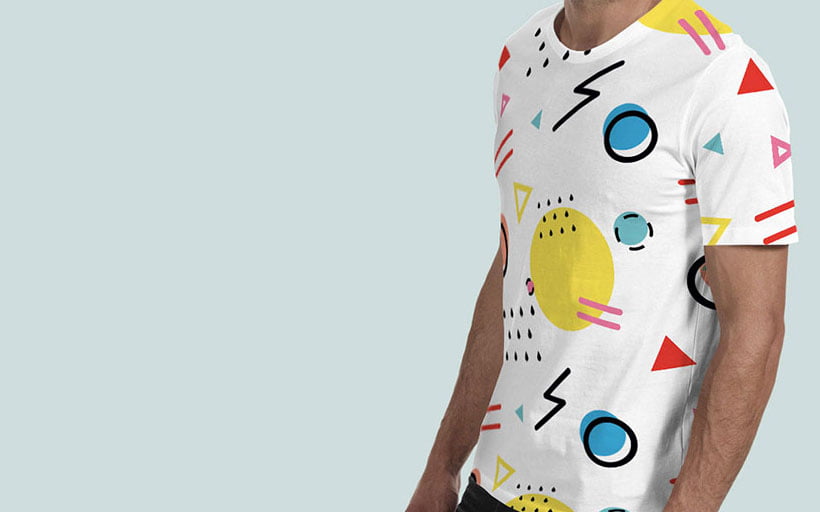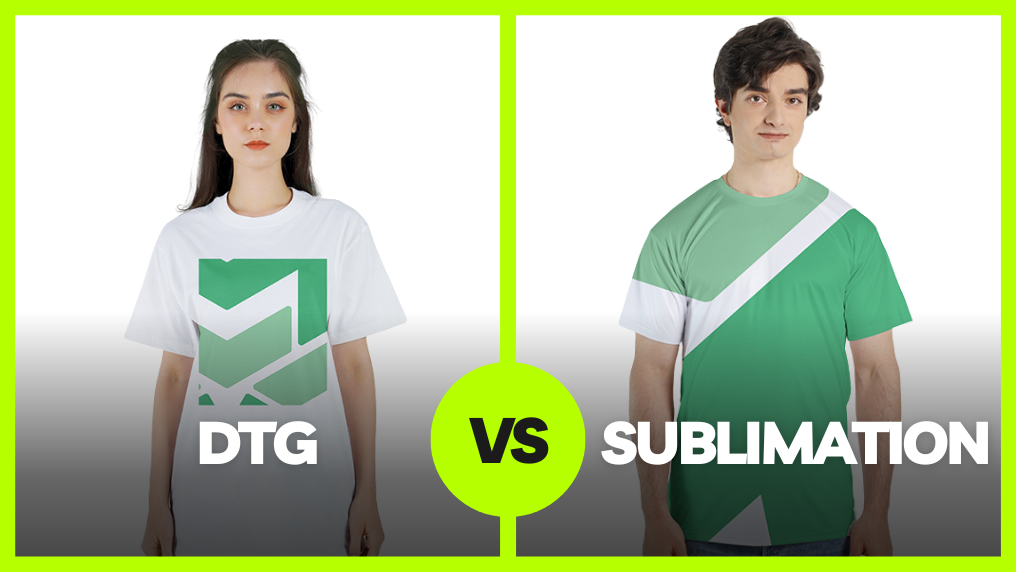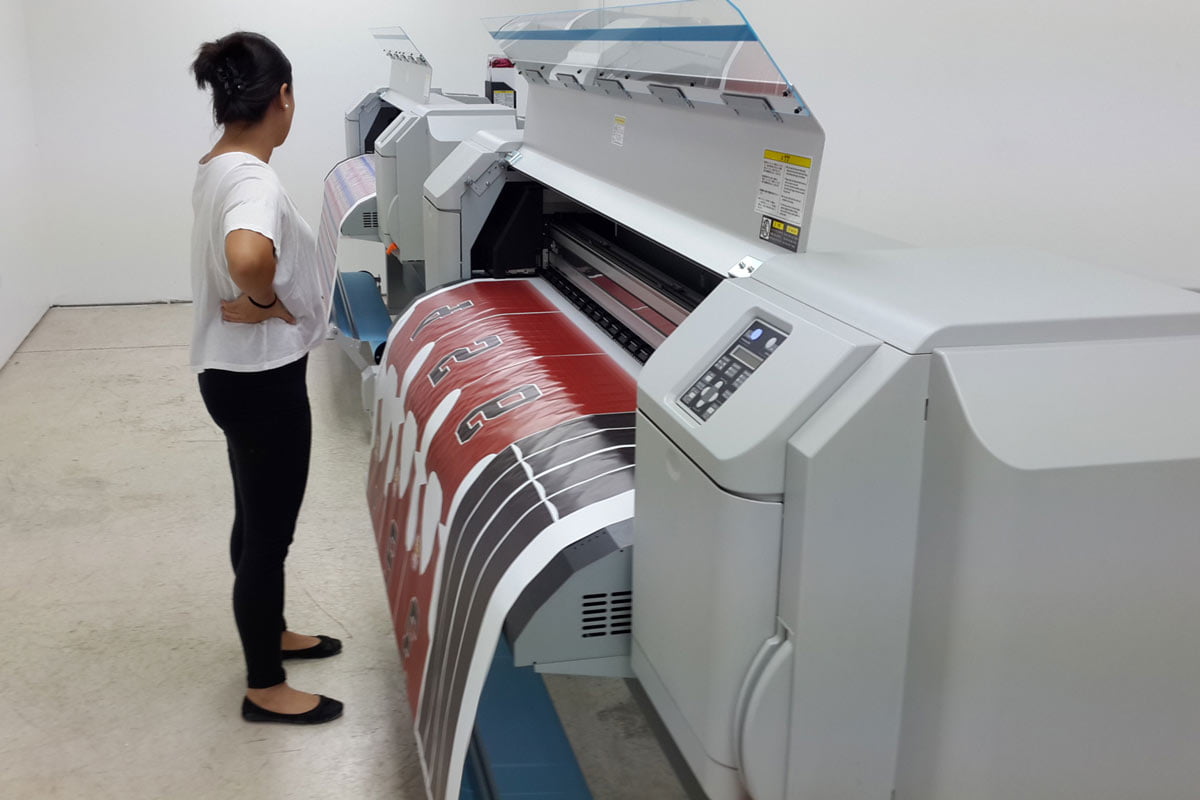Heat Transfer Vinyl Printing: Transform Your T-Shirt Game Today
Innovations in DTF Printing: Exactly How It's Transforming the Market
The fabric printing market is going through a considerable makeover, driven by the cutting-edge developments in Direct-to-Film (DTF) modern technology. These innovations are not only improving print top quality and flexibility yet also improving the entire printing process. With exceptional ink formulas, boosted movie and glue technologies, and the combination of automation, DTF printing offers lively, sturdy prints on a selection of textiles, fulfilling the raising need for customization. As companies seek more efficient and environmentally friendly solutions, the implications of these advancements call for a closer examination into exactly how they are forming the future of fabric printing.
Improvements in DTF Technology
Progressing rapidly, DTF (Direct-to-Film) printing modern technology has undertaken significant renovations that are transforming the fabric industry. Modern DTF printers use innovative ink formulations that result in lively, resilient prints with high resolution and shade precision.

Furthermore, innovations in movie and glue technologies have enhanced the general application procedure. New movies provide much better flexibility and adhesion, boosting the longevity and washability of the printed designs - sublimation printing. This ensures that the prints preserve their honesty and vibrancy also after numerous laundries
Lastly, environmental considerations have actually motivated the advancement of eco-friendly DTF remedies. Suppliers are significantly embracing sustainable practices, such as using water-based inks and recyclable films, straightening with worldwide efforts to minimize the sector's environmental footprint.
Advantages Over Standard Techniques
When contrasting DTF printing to typical techniques such as screen printing and direct-to-garment (DTG) printing, numerous unique advantages emerge. DTF printing. One of one of the most considerable advantages is its adaptability in fabric compatibility. Unlike screen printing, which frequently calls for certain fabric kinds, DTF printing can be put on a more comprehensive series of materials, consisting of cotton, polyester, and blends, without jeopardizing print quality
An additional remarkable advantage is cost-effectiveness, specifically for little to medium-sized orders. Typical screen printing comes to be economically sensible only at greater volumes because of the setup costs involved. On the other hand, DTF printing gets rid of these configuration expenses, making it more cost effective for smaller batches and one-off layouts.
Moreover, DTF printing stands out in longevity and washability. Additionally, DTF printing provides faster turnaround times.

Enhanced Layout Abilities
DTF printing offers enhanced layout abilities that set it apart from traditional printing methods. The procedure includes printing a layout onto an unique film, which is then moved to textile.
Additionally, DTF printing supports a large range of materials, consisting of cotton, polyester, blends, and even non-textile substrates. This convenience opens up doors for imaginative applications in diverse industries such as style, home design, and promotional items. Unlike screen printing, which can be limiting as a result of color splitting up and stencil production, DTF printing simplifies the process, making multi-color and photo-realistic styles more obtainable.
Additionally, DTF printing succeeds in achieving constant shade accuracy and vibrancy. This is vital for brand uniformity and meeting client assumptions. The modern technology additionally sustains unique results, such as glow-in-the-dark components and metallic surfaces, better expanding creative opportunities. Fundamentally, DTF printing empowers designers to push the borders of creativity, providing aesthetically magnificent results that were previously unattainable.
Cost and Time Efficiency
One of the remarkable advantages of DTF printing hinges on its cost and time efficiency, making it a preferred option for lots of organizations. By removing the demand for display configurations and considerable pre-production procedures, DTF printing significantly reduces initial prices. Unlike traditional approaches that call for substantial financial investment in screens and setup times, DTF printing permits straight application onto numerous materials with minimal prep work. This reduction in configuration time equates into faster production cycles, enabling companies to satisfy orders more promptly.
Additionally, DTF printing stands out in producing brief runs and custom-made orders cost-effectively. The capability to produce high-quality prints without the demand for large quantity commitments decreases waste and maximizes resource allocation. This adaptability is particularly useful for small companies and start-ups that may not have the funding to spend in massive manufacturing runs.
In regards to functional performance, DTF printing's streamlined process improves overall efficiency. The technology's compatibility with a wide variety of fabrics and substratums even more expands its application extent, minimizing the demand for multiple like it printing systems. Organizations can achieve a quicker turn-around time, boosting consumer satisfaction and competitiveness in the market. Therefore, DTF printing stands out as a transformative service in the printing market.
Future Trends in DTF Printing
Preparing for future trends in DTF printing exposes a landscape marked by fast technological improvements and raised market need (sublimation printing). One substantial fad is the assimilation of expert system (AI) and artificial intelligence algorithms to optimize print quality and streamline procedures. AI-driven systems can forecast possible problems and change settings in real-time, guaranteeing regularly premium output
Additionally, site link advancements in sustainable products and green inks are anticipated to gain grip. As environmental concerns come to be a lot more pressing, the industry is most likely to see a shift towards safe and naturally degradable inks, decreasing its environmental footprint.
Customization and customization will certainly also play a crucial function. With the growing customer demand for unique, customized products, DTF printing technologies are progressing to offer even more complex and comprehensive customization choices. This trend is sustained by enhanced software services that permit for even more complicated and innovative styles.
Finally, the combination of DTF printing with other digital systems and e-commerce options will certainly come to be extra seamless. This connection will certainly enable organizations to provide on-demand printing solutions straight to consumers, better driving growth in the market. These fads collectively highlight a future where DTF printing not only fulfills but exceeds the progressing needs of the market.
Final Thought

When contrasting DTF printing to conventional approaches such as screen printing and direct-to-garment (DTG) printing, numerous distinct advantages emerge. Unlike display printing, which often needs specific material kinds, DTF printing can be used to a more i thought about this comprehensive range of materials, consisting of cotton, polyester, and blends, without compromising print high quality.
DTF printing supplies enhanced layout capabilities that set it apart from typical printing methods. Therefore, DTF printing stands out as a transformative remedy in the printing industry.
Developments in DTF printing considerably enhance the fabric printing industry by offering superior print high quality, adaptability, and efficiency.